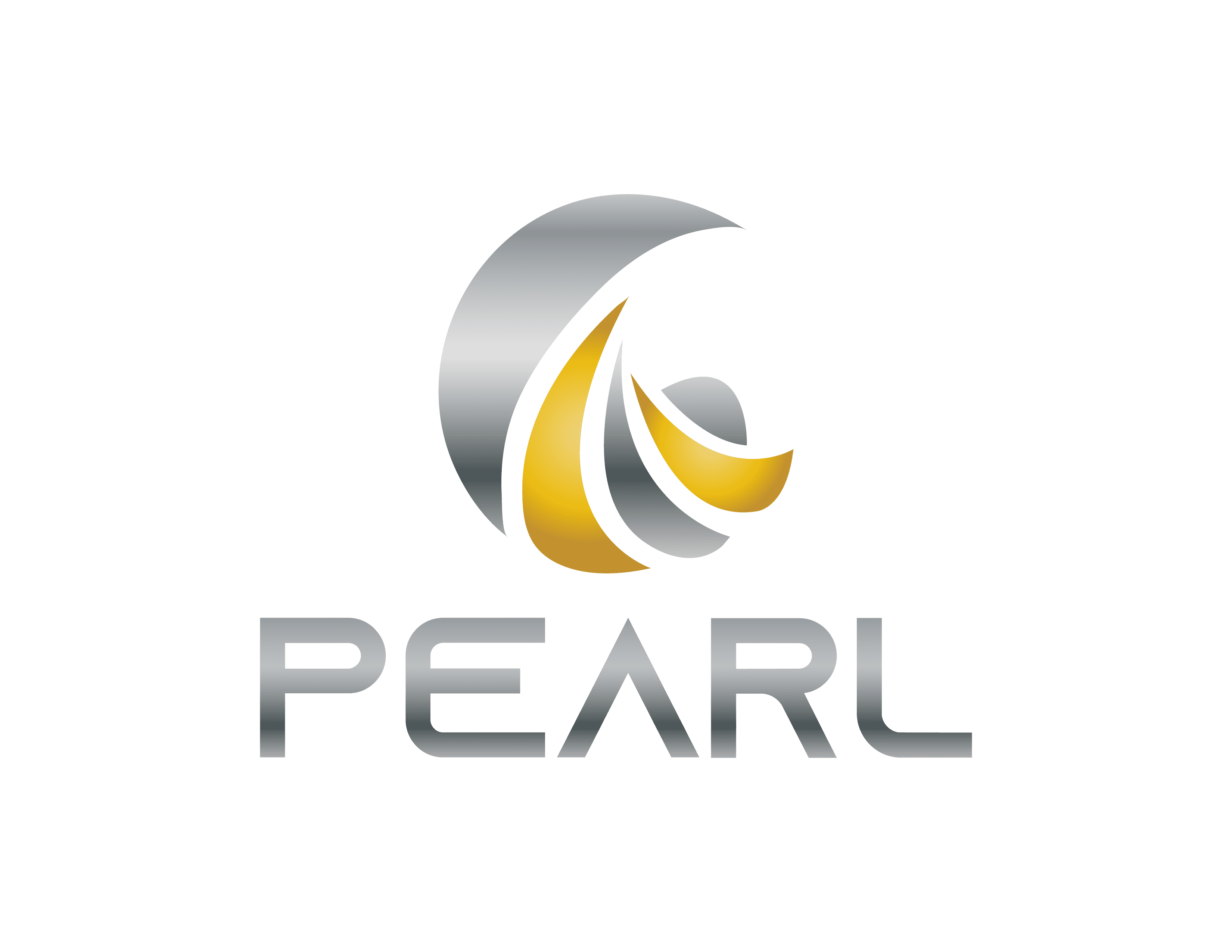EPOXY FLOORING PREPARTION
When people think of epoxy coatings, residential garages and showrooms come to mind. Epoxy Coatings, however, are ideal for numerous applications including healthcare institutions, industrial settings, offices, kitchens and much more.
Decorative Epoxy Coatings come in an amazing variety of colors and styles, including solid color, metallic, quartz, and flake. Because of the endless design capabilities, no two floors are really ever the same.
Epoxies are durable, tough, and resistant to oil, grease, and most chemicals. They are also resistant to impact and extreme wear, making them ideal for locations with a lot of foot or vehicle traffic. Some epoxy coatings even provide added floor protection in environments subject to varying temperature extremes, such as commercial kitchens, refrigeration units, or deep-freeze coolers.
Epoxy coatings can also be designed with various surface textures and system build thicknesses. This provides multiple levels of slip resistance, making the environment safer and reducing the potential of slip-and-fall accidents. This is an attractive benefit for businesses concerned with employee and customer safety.
Preparing a concrete floor (removing oil spots, cleaning/degreasing the floor, scrubbing, vacuuming, etc.) can be quite labor intensive. Applying the epoxy coating properly so as to avoid blistering, puckering, flaking, or other application errors is best done by a fully trained, professional concrete flooring contractor.
Before an epoxy coating is applied to the floor, PEARL EPOXY FLOORING highly recommends considering the following:
New slabs of concrete should be allowed to fully cure for 30-60 days before a coating is applied
If a sealer was previously used on the concrete (if water beads up on the surface), DO NOT USE EPOXY. The sealer should be removed first by shot blasting.
Shot Blasting : It is referred as to the process of either cleaning or preparing floor by propelling concrete. This is done to take out floor contaminants. Shot Blasting is also functional as it cleanses the floor and exposes the holes so to create superior adhesion, which creates a better bond for epoxy epoxy flooring. In addition, shot blasting is obliging for urethane flooring and at times it is also carried out in waterproofing process. Not just efficiency, Shot Blasting is also notable for its economy. It is one of the fastest processes of preparing floor. If done with utmost care and by efficient set of equipment, Shot Blasting also turns to be an environment friendly floor preparation because dust and debris are handled attentively by such specialized machines. None the less, this method is not recommended to prepare or repair micro-topping concrete or slim-mil coating floors because of its striped blast prototype impact.
Previous coatings or paints should be removed by a diamond grinding system before a new epoxy coating is applied.
Diamond Grinding : When even expert operators find it difficult to prepare flooring without leaving a striped-pattern effect during Shot Blasting, the odds of undesired and enduring damages to floor are likely to be there. Otherwise in any case substandard or say uneven finished flooring will be the outcome in thin-mil epoxies. That is where the second method called Diamond Grinding is quite appealing. In this process, removal of most concrete blots is done with great success and surface is smooth to avoid strip-pattern impact typical of Shot Blasting. It facilitates utmost control over the resultant floor profile. May it be repair of existing surface and preparing it for epoxy, acrylic, urethane or concrete hardener, Diamond Grinding is s preferred choice over Shot Blasting. This method guarantees efficient removal of adhesives and coatings. It is also most sought process for preparing thin-mil epoxy as well as cement micro-topping and architectural staining. Since Diamond Grinding is clever choice in high-polishing and removal of heavy coatings as well, it is illustrious for its multi-purpose utility. Even Diamond Grinding is an economic affair where high end finishing is required. Instead of spending huge on polished flooring blocks, comparable smoothness and leveling can be attained on mere concrete flooring using Diamond Grinding.
Any cracks or concrete should be filled and stabilized before a new epoxy coating is applied.
Determine if moisture or dampness is coming up through the concrete from the ground. If moisture is evident, your floor isn’t suitable for epoxy. If relative humidity is greater than 75, a moisture migration system should be used.

